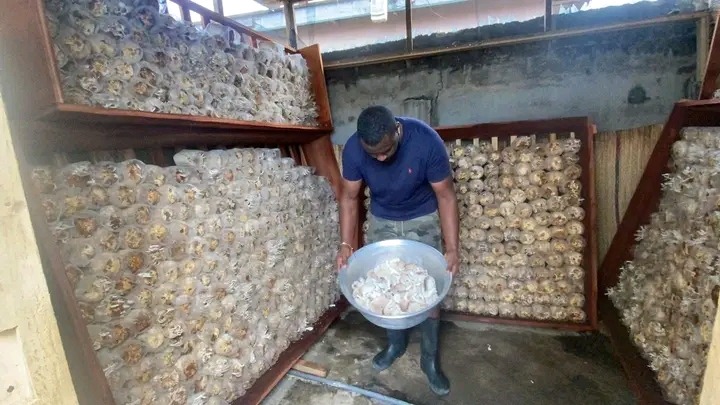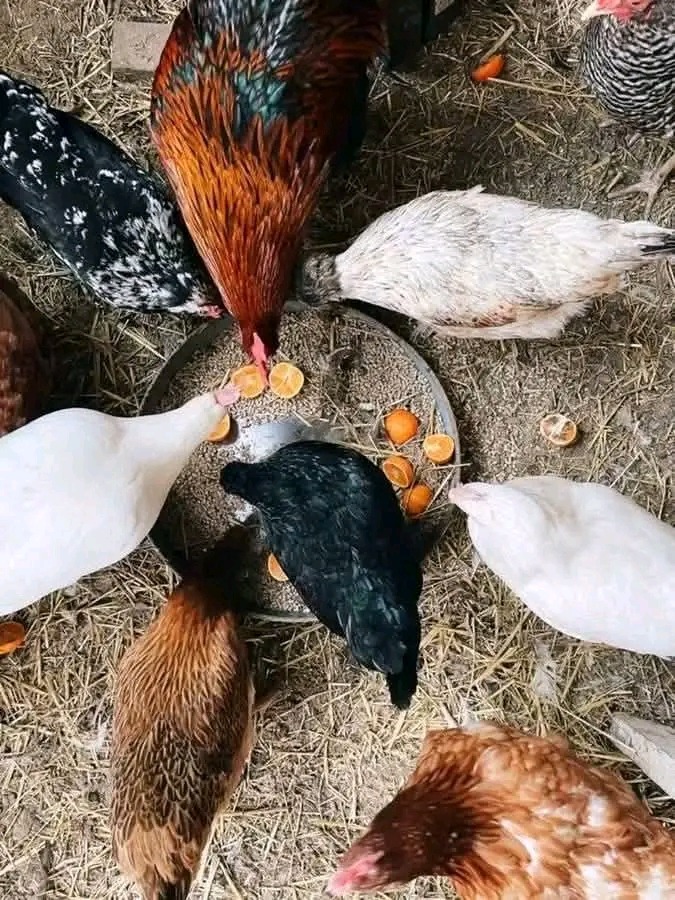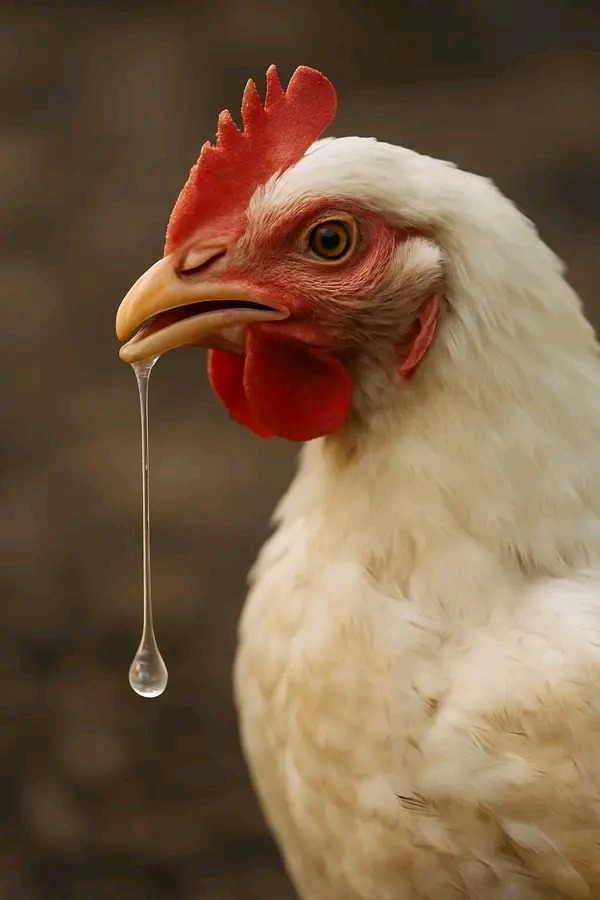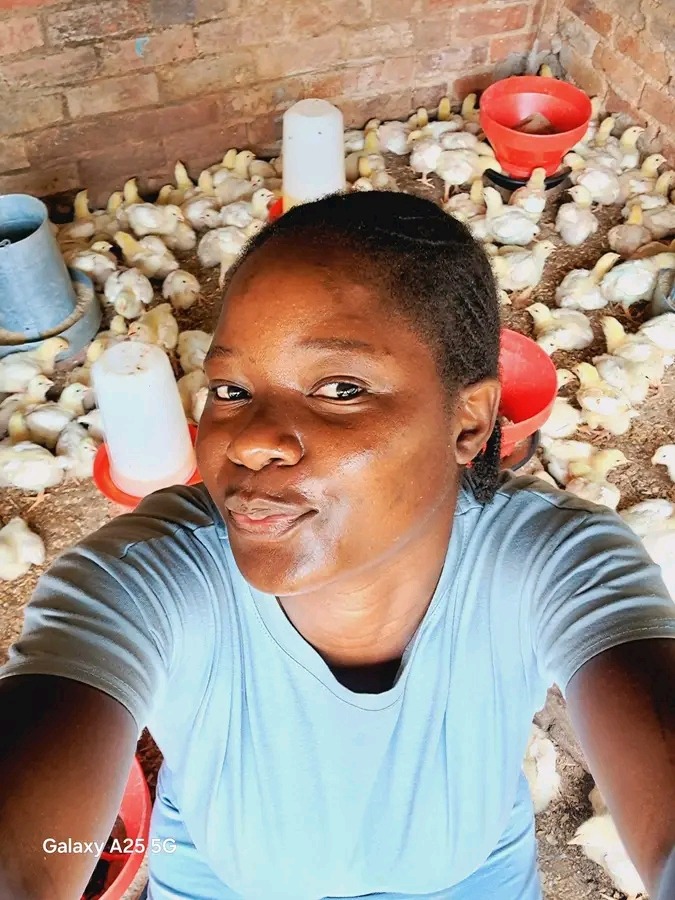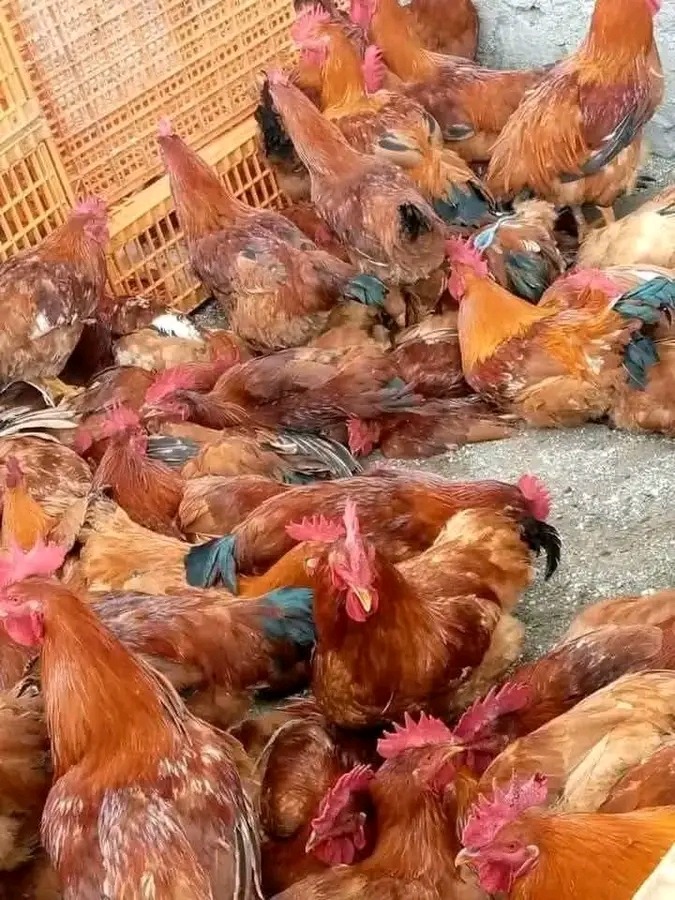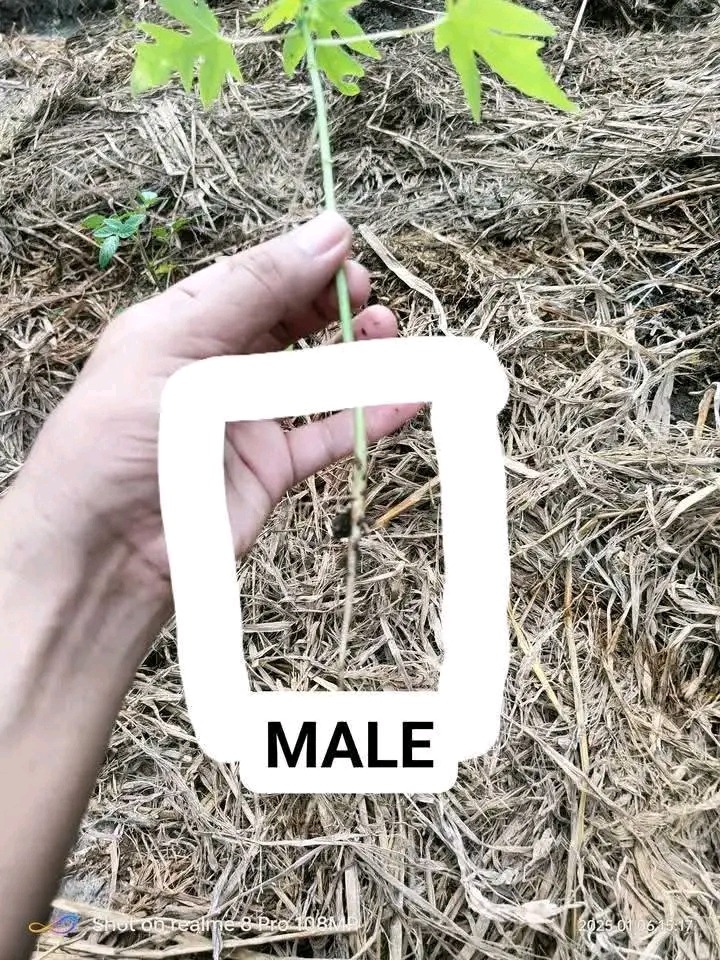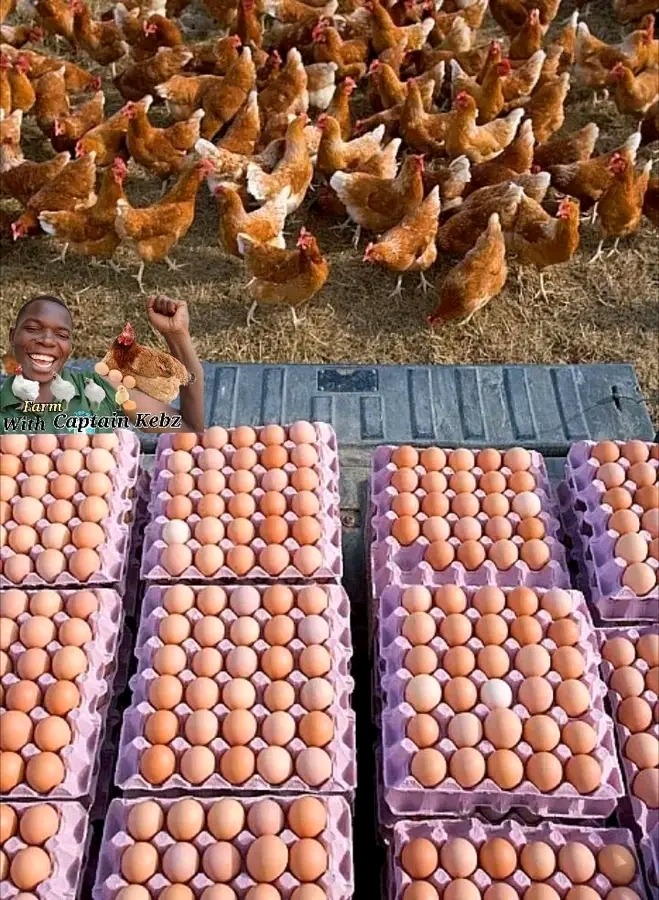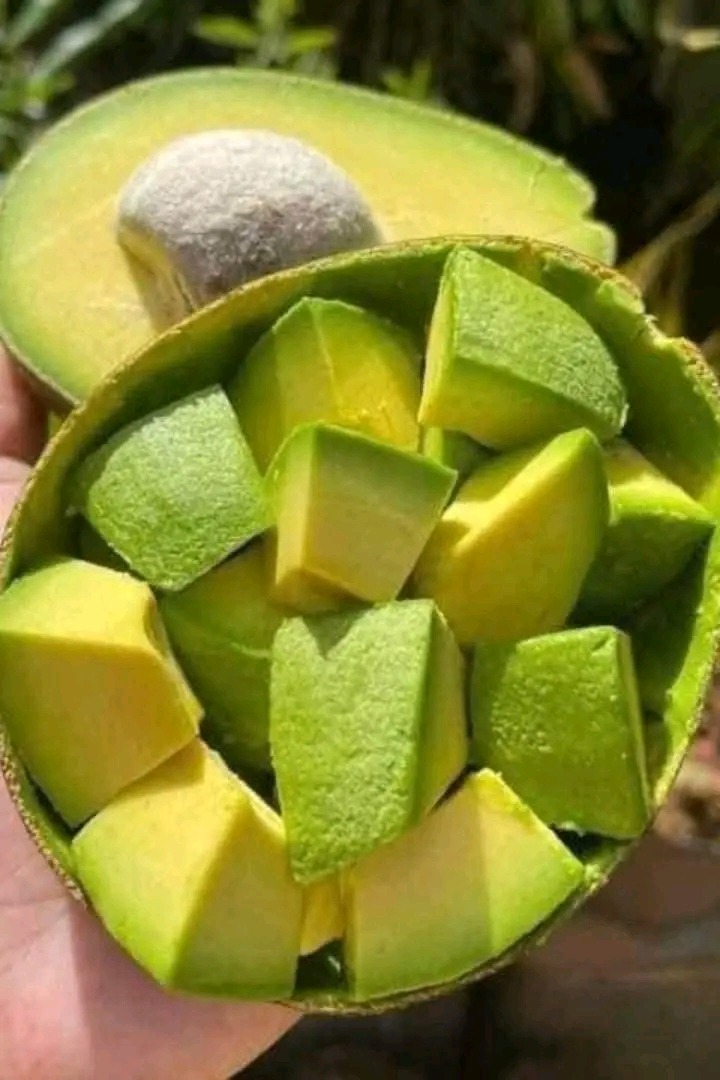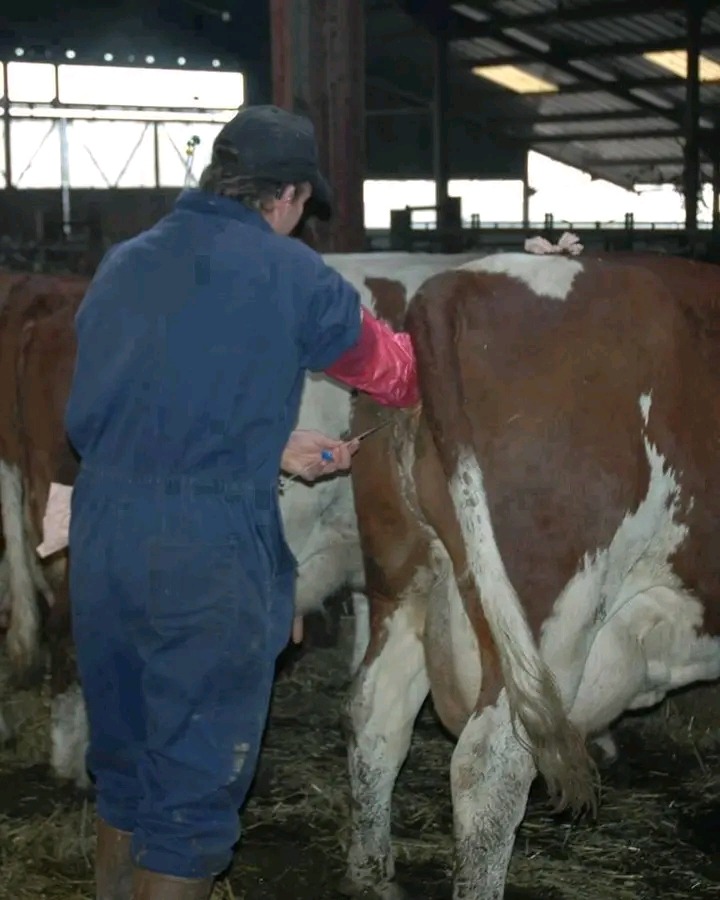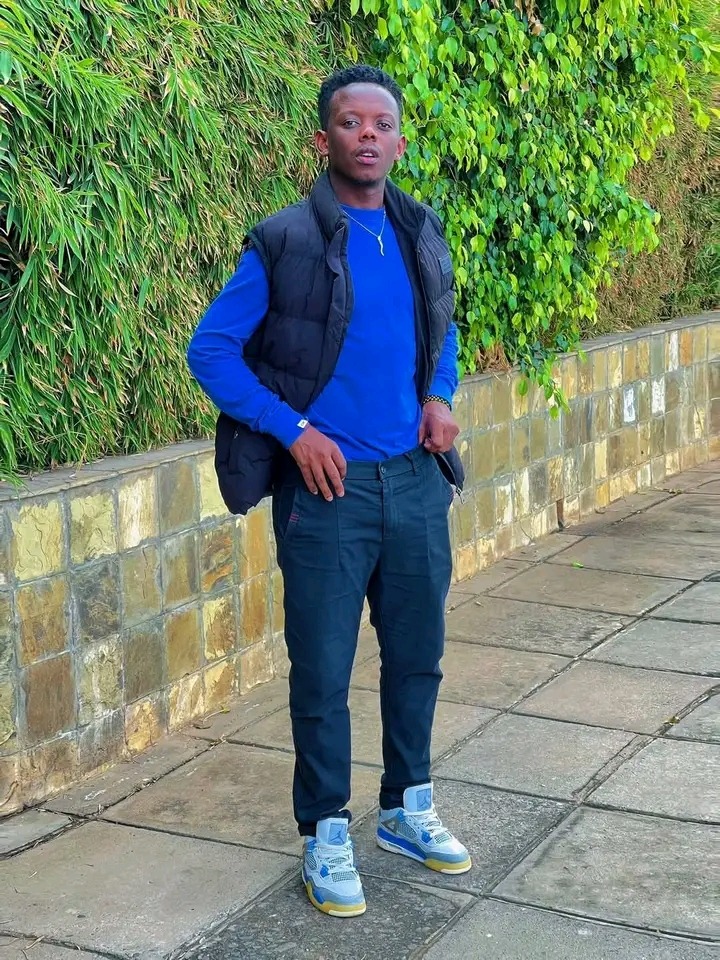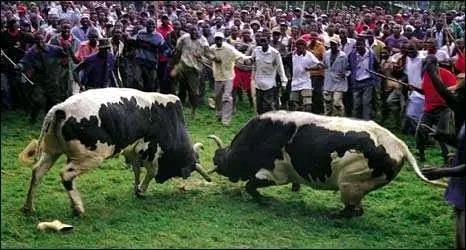
Kakamega, Kenya 🇰🇪: The name of the town was derived from Ugali/pap/nsima/sadza (corn meal) and the manner in which it is eaten. European settlers visited the area and were offered Ugali, commonly referred as ‘Obusuma’ by the locals. The whites tried to observe and emulate the eating style of the meal by the locals. However, to the locals, the whites were not aptly handling obusuma and were more of pinching it. To describe how the whites were eating, the natives used “Kakamega” which roughly translates to “brother pinch”.
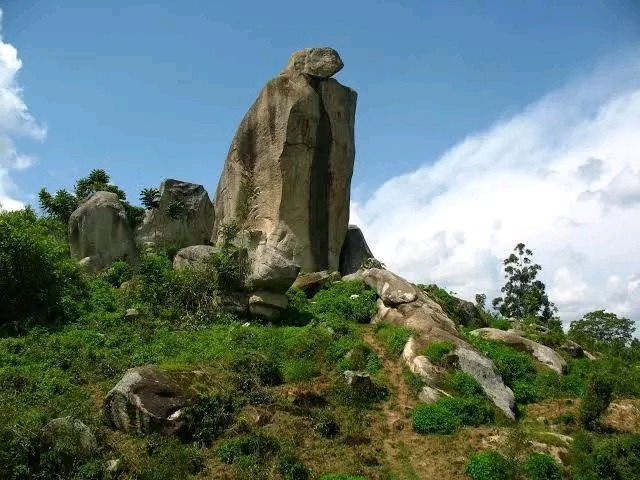
Unknown to many, Kakamega had been initially rivaled by Mumias before it’s glory started showing signs around 1903. Mumias had developed as it hosted the Wanga Kingdom stewarded by King Nabongo Mumias.
The British granted Kakamega it’s township and administrative status in 1927 and was officially gazetted to replace Mumias, which was reduced to a mere trading centre.
In the 1930s, Kakamega gained international attention during the Kakamega Gold Rush, following the discovery of gold deposits. European settlers and prospectors flocked to the region, which led to the growth of Kakamega township. Rosterman Mining, a colonial company that mined here in the 1930s, was among the large global names to join in the Kakamega Gold Rush. While the gold rush boosted the economy temporarily, most profits went to investors, leaving little benefit for the natives. In tandem, missionary groups, notably of the Quakers and the Catholics, established schools and churches, introducing Western education and religion.
While in Kakamega, here are the places you should visit:
Kakamega Forest which dominates the tourism conversation of the region owing to its biodiversity that resembles that of the rain forests of Central and West Africa, much more than any other forest type in East Africa.
Nabongo Cultural Center. The Wanga or Abawanga are a sub tribe of the Luhya People & a historical Kingdom within present day Kenya. Started in 2008 this center depicts the past, present and futures ways of the long-standing kingdom At Eshiembekho, in Matungu.
Ikhongo Murue the crying stone found on a high ridge in Ilesi.
Ilesi pottery project. The Isukha and Idhaho Sub Tribes, of the Luhya are renowned potters and have rekindled this age-old art to a thriving industry that produces a dizzying array of finely crafted earthen-ware. Aside from their practical use, the wares serve as excellent decor. Tourists can enjoy watching the craftsmen produce the pots.
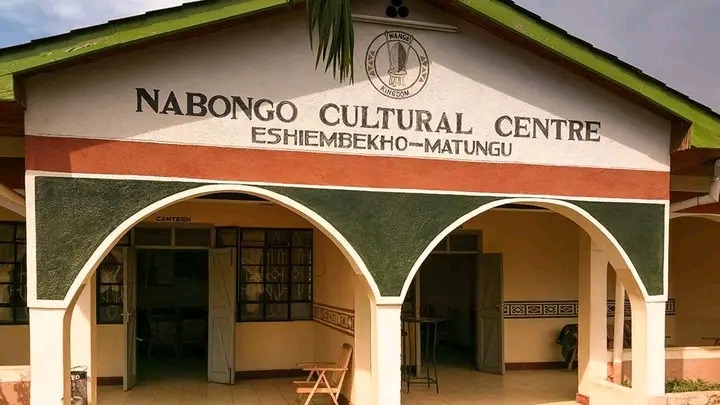
Mawe Tatu which resembles the three stone fire cooking formation.
Lirhanda Caves. Informally known as the bat caves located on Lirhanda Hill within the Kakamega Forest Reserve is home to one of the largest bat colonies in Kenya. Over 111 varied species take residence in this eerie dark bat loft. The summit of Lirhanda Hill, which at 1,700ft is the most elevated area in the reserve, offers sublime views over the canopy of the entire forest, the Nandi Escarpment and beyond. The path to-and-from the cave has views of the Yala River, Isukhu Falls where hikers can enjoy the serenity and solitude of the forest as well as its plenitude of birds and butterflies.
Rosterman mines. Kakamega comprising of mines in Bukura, Sigalagala & Rosterman collectively covering an area of 64 km2. The Kakamega Gold Rush of the 1930’s that was partly ‘ignited’ by a report by the reputed geologist Albert Ernest is among the ‘greatest’ historical events in Kenya. The Rosterman Mining, a colonial company that operated here in the 1950’s was among the big names to join the in the rush. Very little exploration appears to have been done, and even less gold discovered.





